
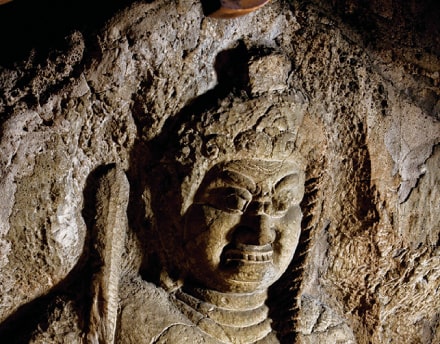
The temple is famous nationwide for its “waterfall gyo.” In this ascetic practice, which is held in the coldest part of winter every January, faithful believers wearing only white robes stand and pray under one of six waterfalls on the temple grounds. The temple’s principal image is a carving of the fire deity Fudo Myoo (Acala) and has been designated as an important cultural property by the Japanese government.
GoogleMap WEB Site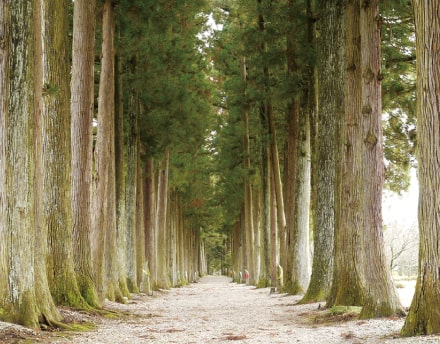
The road leading to the temple gate is lined with hemlock trees that have been designated as natural monuments by Toyama Prefecture. The trees emit a pleasant fragrance.
GoogleMap WEB Site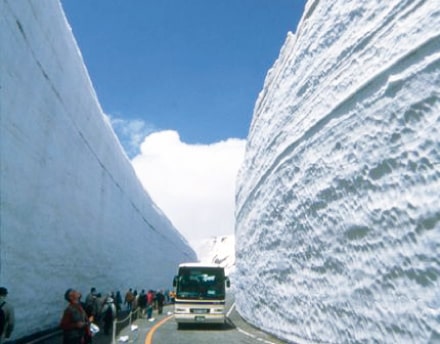
Visitors can walk through this gigantic snow corridor right after the road has been opened by snowplows with the end of winter. The snow walls forming this dynamic corridor reach heights of more than 10 meters.
GoogleMap WEB Site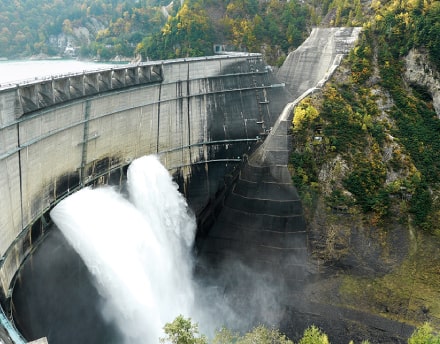
This hydropower dam as a height of 186 meters, making it Japan’s tallest dam. Visitors are thrilled by the impact of its discharge, which sends sprays of water high into the air, and bowled over by the sheer size of the structure.
GoogleMap WEB Site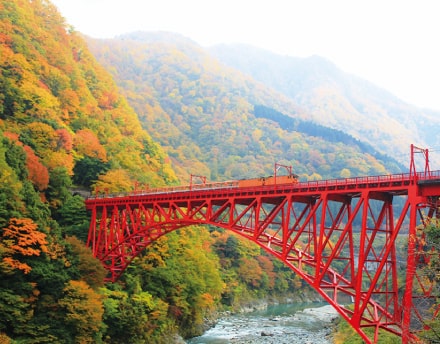
The huge V-shaped valley is Japan’s deepest. Passengers in search of an unknown world find breathtaking scenery at all points along the way on a ride that stimulates the sense of adventure.
GoogleMap WEB Ste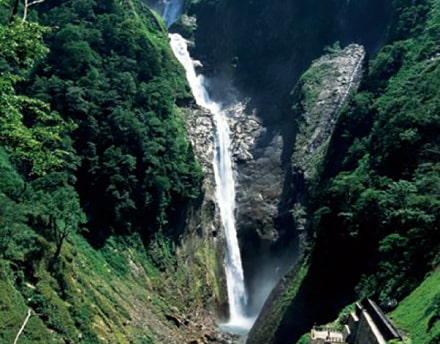
This waterfall has a drop of 350 meters, the largest in Japan. During the spring thaw, Hannoki Waterfall (with a drop of 497 meters) appears to its right and enhances the beautiful scenery.
GoogleMap WEB Site×
On the days noted at right, we are not open for lodging or banquets.
Please note that our spa for use without an overnight stay will be open even on these days. We appreciate your understanding of our situation.
| 日 | 月 | 火 | 水 | 木 | 金 | 土 | ||||||||||||||
|---|---|---|---|---|---|---|---|---|---|---|---|---|---|---|---|---|---|---|---|---|
| ||||||||||||||||||||
| ||||||||||||||||||||
| ||||||||||||||||||||
| ||||||||||||||||||||
| ||||||||||||||||||||
休館日(Closed day)
×
On the days noted at under, we are not open for lodging or banquets.
Please note that our spa for use without an overnight stay will be open even on these days. We appreciate your understanding of our situation.
| 日 | 月 | 火 | 水 | 木 | 金 | 土 | ||||||||||||||
|---|---|---|---|---|---|---|---|---|---|---|---|---|---|---|---|---|---|---|---|---|
| ||||||||||||||||||||
| ||||||||||||||||||||
| ||||||||||||||||||||
| ||||||||||||||||||||
| ||||||||||||||||||||
休館日(Closed day)